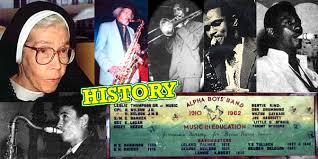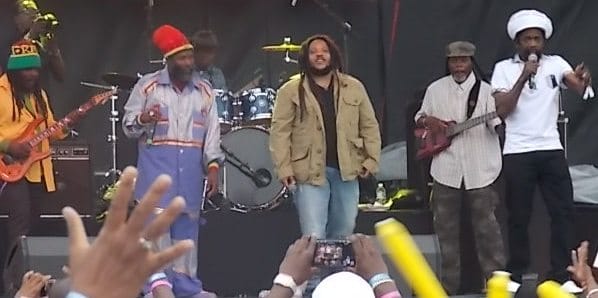The History of Jamaican Music:
The history of Jamaican Music and its transformation from American Jazz and Rhythm and Blues music.
Overtime various styles of Jamaican music which is played around the world today.
The African drums have always been a part of Jamaica’s music culture. Over the year, it was not widely accepted in the early 1930s through the mid 1960s. The drums were considered Rastafarian music in the early days.
This led to the majority of the middle- & upper-class Jamaicans not accepting the music. During the 1950s Jamaican musicians were playing orchestra came from them listening to American rhythm and blue.
The Jazz Musicians in Jamaica played in hotels and in Rhythm and Blues orchestra bands cross Jamaica. As a result of members getting tired and needed to take breaks to rest, the doors were opened for what became known as the sound systems. The sound systems were able to play music non-stop and people did not have to stop dancing. The next step was for Jamaicans to re-record copies of the American music so that the sound systems had records to play.
The owners of the sound systems hired jazz musicians to re-record American music. While trying to record the rhythm and blues music, Jamaicans came up with their owned authentic style Jamaican sounding music which was called SKA. The timing was perfect for known reggae artist caption above “Prince Busta” who sought the help of Count Ossie who was a drummer for the Nyabinghi Rastafarian group to play on his blockbuster hit “Oh Carolina.”
 Rock Steady music
Rock Steady music
The SKA music caught on in after a while and became very popular and accepted by the middle and upper class Jamaicans. From the fast pace SKA music, the slower tempo Rock Steady music was born. Creating the various style of music could not have been possible if there were no quality musicians available. The musicians in Jamaica were studying music at the Alpha Boys School of music. This is the school that help many Jamaican musician. Many of Jamaica’s great musicians who influence the direction of the music attended Alpha Boys School.
As a result, the Rock Steady era was followed by reggae dance hall music. The Dance Hall music spun-off into a more Hip Hop form of Reggae and American music. This new style of Jamaican music tied the Jamaican music back to its original spin-off from the American music yet taking on its owned identity. But the talking/rapping or toasting over the music originated from Jamaicans and spun-off into the American Hip hop music.
 More Jamaican Music History
More Jamaican Music History
The history
of Jamaica
n music has being made into documentaries. Check out the various clips and learn about the music as it is today. i</a&amp;amp;gt;tle=””Part 1″” href=”http://www.youtube.com/watch?v=hUl9SqUb9UI&feature=related”>Part 1 – Part 2 – Part 3 – =”yoast-text-mark” title=””>=””Part 4″” href=”http://www.youtube.com/watch?v=H6zJIxSpzjw”&gt;Part 4&amp;lt;/a><a> – <a title=”"Part 5″”>=”http://www.youtube.com/watch?v=MJjWoE11lAM”>Part 5
It’s very understandable why this documentary was done by British influence. Jamaican music was widely accepted by the British long before it was accepted by mainstream America. Many British recording artist embrace Jamaican music and as a result, various form of the British music was influence from the Jamaican music culture.
Written by:
>
&amp;lt;p>Maxie DaCosta Sr. Robin Treston Sr.</p>
>lass=”zemanta-related-title” style=”font-size: 1em;”>Related articles</h6> <ul></h6>
- s=”yoast-text-mark”>e-type: none;”>
- class=”yoast-text-mark”>
class=”yoast-t
- ext-mark”>
- style=”list-style-type: none;”>
- ass=””zemanta-articl &am
p;lt;li class=
- “>
- ss=”yoast-text-mark”>le=”list-style-type: none;”>
- <a hr
ef=”http://mid
- nightraverblog.com/2012/02/07/930/” target=”_blank” rel=”noopener”>Full length Rasta, Reggae, Jamaica old school movies (marleyarkives.wordpress.com)


